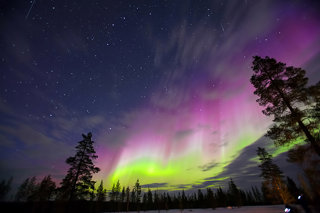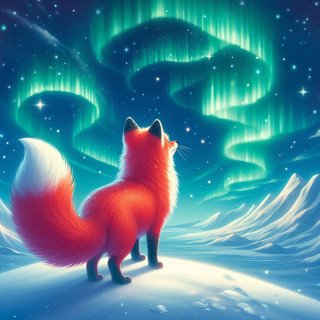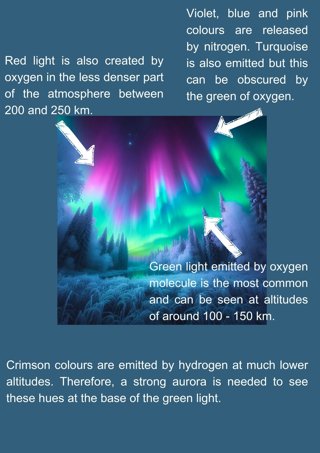Introduction
For those who had a clear view of the night sky over the weekend of 10 to 12 May 2024, especially Friday 10 May, you were treated to a spectacular display when the Northern Lights (aurora borealis or aurora australis in the southern hemisphere) lit up the sky.
Social media was flooded with images from across the country, even as far south as Dorset, with stunning displays of pink, green and purple lights in the sky.
In this edition of ‘Geography in the News’, we are going to explore humanity’s fascination with these phenomena, what creates the light displays, and when we can expect to see them next.

Figure 1: The Northern Lights © Dave Grubb Flickr.
What’s all the fuss about?
There is something magical about seeing these beautiful lights that captures the imagination of many, but why is that the case?
Throughout history, people have believed there is something connecting our world with others, inspiring awe at these displays. For example, some indigenous polar cultures believe that the lights are the spirits of deceased relatives and have the power to protect and heal people, although, you should not wave at them for fear of being carried away by them.
According to Finnish folklore, the Northern Lights were created by a ‘fire fox’ (in Finnish the word for the aurora is revontulet meaning fox fire). The story goes that as Arctic Foxes run so fast, their tails would create sparks when coming into contact with mountains.
One of the many Icelandic folktales suggests that the lights are a result of supernatural beings dancing in the night sky. There are also references to the light’s role in the legends of dragons in Chinese and European legends.
Whichever we do or do not believe about the aurora, they have certainly been influential in shaping many cultures, especially in the most northern parts of the world where they would have been witnessed more often.

Figure 2: AI generated representation of the ‘fire fox’ © RGS
What causes the Northern Lights?
The aurora is most likely to be seen near the North and South Poles. These bright curtains of light appear to swirl in the sky and are formed by activity from the Sun. Charged particles from Coronal Mass Ejections (CMEs) carried by the solar wind collide with molecules in the Earth’s atmosphere, creating the auroras.
These ejections of energy from the Sun travel at around 1.6 million km per hour. When they interact with the Earth’s magnetic field and the polarity is opposite the Earth’s, the fields combine enabling the particles to flow into the Earth’s magnetic north and south poles. During an intense aurora, the lights are clearer with more defined shapes and colours.
The different colours of the aurora are created depending on the gas molecule hit in the atmosphere as they release different wavelengths generating light.

Figure 3: Colours of the aurora explained © RGS
Will we get to see them again any time soon?
For those of you who missed the aurora or simply want to witness these magnificent natural phenomena again, you might be wondering if the aurora will return to the UK anytime soon?
Well, if you are, then you might be in luck! According to the Royal Astronomical Society ‘the Sun is expected to reach the most active period in its 11-year solar cycle in 2024’. This means that with increased sunspot activity, there is more of a chance that the aurora will move over the UK again.
However, it is not as straightforward as just an increase in solar activity. Other factors such as the rotation of the Sun, its differential rotation - the equatorial regions spin faster than polar regions due to it being a ball of gas, and solar magneticity which influences the atmosphere of the Sun. These all need to be perfectly aligned to produce Coronal Mass Ejections (CMEs) large enough to reach the lower latitudes of the Earth.
Therefore, if you want to ensure you are in the right place at the right time, tracking sites such as NOAAs Aurora Forecast or Aurora Watch from Lancaster University would be a good option.
Further reading
File nameFiles
File type
Size
Download
